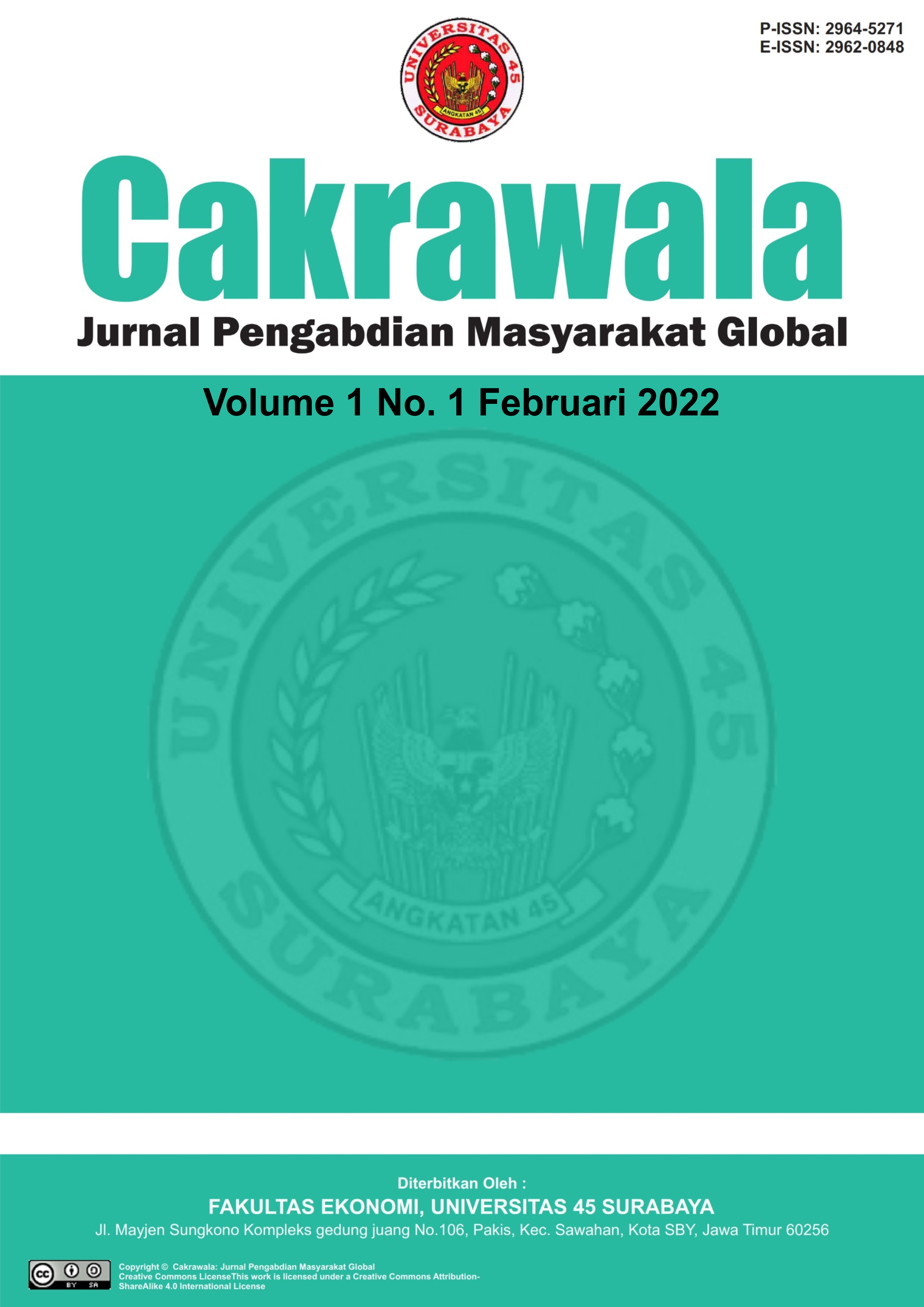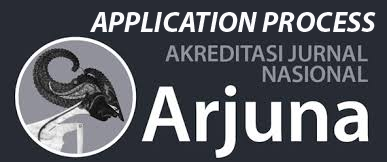Kegiatan Penyuluhan Kesehatan pada Pasien Pre Anestesi untuk Mengurangi Kejadian Mual Muntah
DOI:
https://doi.org/10.30640/cakrawala.v1i1.3967Keywords:
Health Education, Nausea and Vomiting, Patient Education, Pre-Anesthesia, Wound CareAbstract
Health education before anesthesia is a vital strategy in minimizing the risk of side effects, such as nausea and vomiting, which are common after surgery. These side effects can significantly affect patient comfort and recovery time. This community service activity aims to improve patient understanding of the necessary pre-anesthesia preparation steps to reduce the incidence of these postoperative complications. The method utilized in this study is a quantitative approach, employing a pre-experimental one-group pre-test and post-test design. A total of 20 respondents, all patients who underwent surgery with anesthesia at PKU Muhammadiyah Karanganyar Hospital, participated in the study. Prior to the educational intervention, patients completed a pre-test to assess their baseline knowledge about anesthesia preparation. After receiving the educational session, which included detailed explanations of anesthesia procedures and the importance of pre-anesthesia preparation, patients were given a post-test. The results of the community service demonstrated a significant improvement in the understanding of patients regarding the preparation for anesthesia. This improvement was evidenced by a noticeable difference in pre-test and post-test scores. The findings highlight the effectiveness of education in enhancing patient awareness and potentially reducing the occurrence of side effects such as nausea and vomiting post-surgery. Therefore, the implementation of pre-anesthesia education should be considered an essential practice to improve patient outcomes and support safer surgical experiences.
References
Apfel, C. C., & Roewer, N. (2019). Risk factors for postoperative nausea and vomiting. Current Opinion in Anesthesiology, 32(5), 563-569. https://doi.org/10.1097/COA.0000000000000795
Brown, A., & White, P. (2019). Preoperative education and its impact on postoperative outcomes. Journal of Clinical Anesthesia, 24(3), 98-110.
Butterworth, J. F., Mackey, D. C., & Wasnick, J. D. (2022). Morgan & Mikhail's clinical anesthesiology. McGraw Hill.
Castellani, J. W., & Young, A. J. (2018). Dietary and pharmacological approaches to reduce postoperative complications. Journal of Applied Physiology, 126(4), 1084-1090. https://doi.org/10.1152/japplphysiol.00782.2018
Gan, T. J., & Meyer, T. A. (2021). Management strategies for PONV: An update. Anesthesia & Analgesia, 132(3), 768-776. https://doi.org/10.1213/ANE.0000000000005675
Gralla, R. J., & Kris, M. G. (2021). Antiemetic guidelines and strategies in anesthesia practice. BMJ Open, 11(5), e043289. https://doi.org/10.1136/bmjopen-2020-043289
Hynson, J. M., & Sessler, D. I. (2018). Strategies to reduce nausea and vomiting in perioperative care. Journal of Clinical Anesthesia, 48(3), 15-24. https://doi.org/10.1016/j.jclinane.2017.12.005
Lumb, A. B., & McLure, H. A. (2019). Perioperative nausea management: A practical guide. British Journal of Anaesthesia, 123(5), 667-675. https://doi.org/10.1016/j.bja.2018.09.013
Nishikawa, T., & Kawamata, M. (2019). Preventing PONV: Advances in understanding and management. Japanese Journal of Anesthesiology, 68(3), 245-251.
Smith, C. E., & Jones, M. (2020). Preoperative patient education for reducing anxiety and complications. Nursing Clinics of North America, 55(2), 201-215. https://doi.org/10.1016/j.cnur.2019.11.004
Smith, J., et al. (2020). Reducing anxiety and nausea through pre-anesthetic education. Journal of Health Promotion, 15(2), 134-145.
World Health Organization (WHO). (2020). Guidelines on pre-anesthetic patient education.
World Health Organization. (2020). Guidelines for safe surgery: Reducing perioperative complications. Retrieved from https://www.who.int
Downloads
Published
How to Cite
Issue
Section
License
Copyright (c) 2023 M. Hafiduddini, Prayitno Prayitno

This work is licensed under a Creative Commons Attribution-ShareAlike 4.0 International License.








